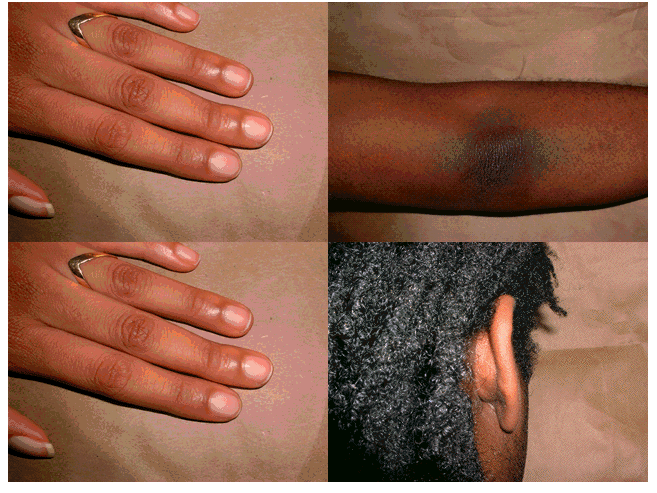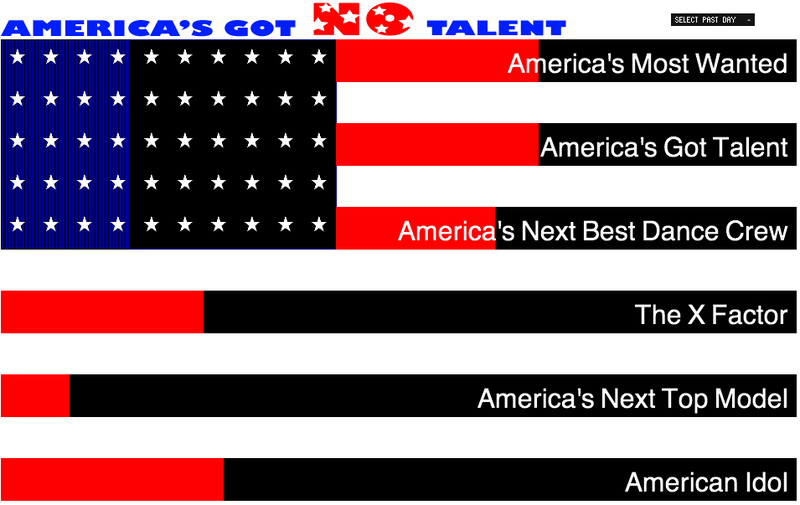Programmed: Rules, Codes, and Choreographies in Art, 1965–2018 | Art & Artists
Sept 28, 2018–Apr 14, 2019
Programmed: Rules, Codes, and Choreographies in Art, 1965–2018 | Art & Artists
Signal, Sequence, Resolution:
Realities Encoded
6
These artists use programming to adopt a critical stance by underscoring or exposing social, cultural, or political codes. Keith and Mendi Obadike’s project The Interaction of Coloreds, for example, uses a statement by Josef Albers on rules and color as a starting point for exploring how longstanding systems of racial categorization might translate into the digital sphere, specifically how skin color factors into online commerce. Marc Lafia and Fang-Yu Lin’s work reflects on the rules followed by authorities and their resistance while Paul Pfeiffer’s video sculpture addresses cultural and racial identity in sports and Jonah Brucker-Cohen and Katherine Moriwaki’s interactive data visualization explores how Twitter receives and shapes reality television.
Artists
- Josef Albers
- Cory Arcangel
- Tauba Auerbach
- Jonah Brucker-Cohen
- Jim Campbell
- Ian Cheng
- Lucinda Childs
- Charles Csuri
- Agnes Denes
- Alex Dodge
- Charles Gaines
- Philip Glass
- Frederick Hammersley
- Channa Horwitz
- Donald Judd
- Joseph Kosuth
- Shigeko Kubota
- Marc Lafia
- Barbara Lattanzi
- Lynn Hershman Leeson
- Sol LeWitt
- Fang-yu Lin
- Manfred Mohr
- Katherine Moriwaki
- Mendi + Keith Obadike
- Nam June Paik
- William Bradford Paley
- Paul Pfeiffer
- Casey Reas
- Earl Reiback
- Rafaël Rozendaal
- Lillian Schwartz
- James L. Seawright
- John F. Simon Jr.
- Steina
- Mika Tajima
- Tamiko Thiel
- Cheyney Thompson
- Joan Truckenbrod
- Siebren Versteeg
- Lawrence Weiner




